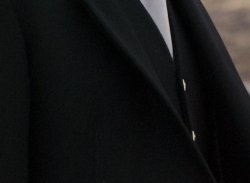doesn't your quote say the three SLRs don't differ that much comparing pictures taken with the same iso settings? that phrase doesn't really imply, if i'm not mistaking, that a picture taken at 100 is the same as one taken at 400..[/qoute]
I should have been more precise, the quote is supposed to say that all cameras of the same generation show a similar noise behavior.
If you follow the link, you will see that the noise is not appreciable lower at ISO 100. (I'm speaking in practical terms here.)
I was suggesting a larger aperture as a different iso would imply a darker or lighter picture, less or more light,no?
A larger aperture allows you to take pictures at lower ISO and the same shutter speed. The exposure would be the same, though, you wouldn't see a difference in brightness.




